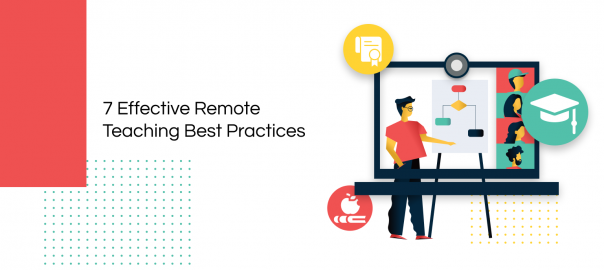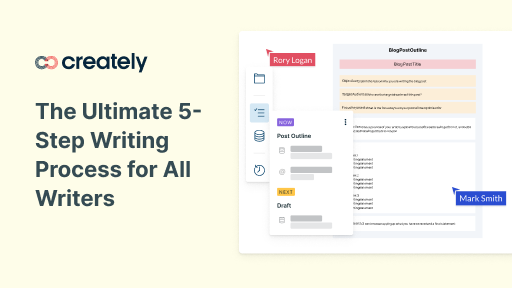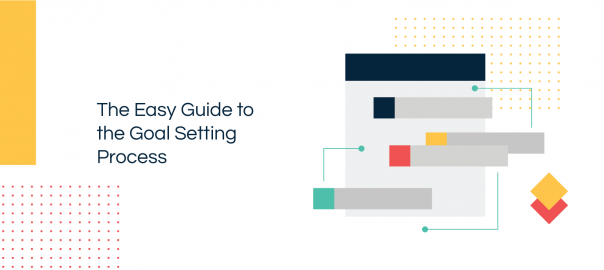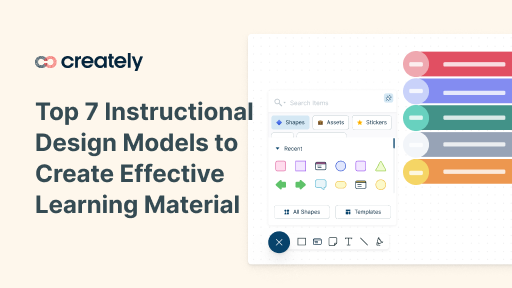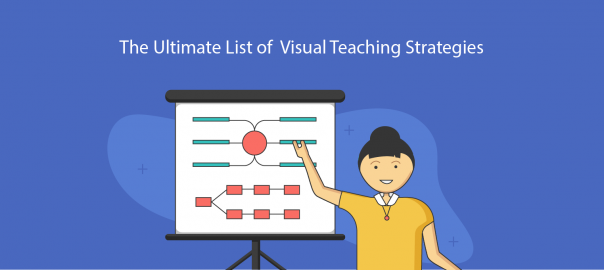According to Unicef, approximately 91% of the world’s enrolled students were affected when schools across continents closed down to help end the spread of COVID-19. Governments and Stakeholders of the education sector have been actively engaged in discovering ways to implement… Read More
